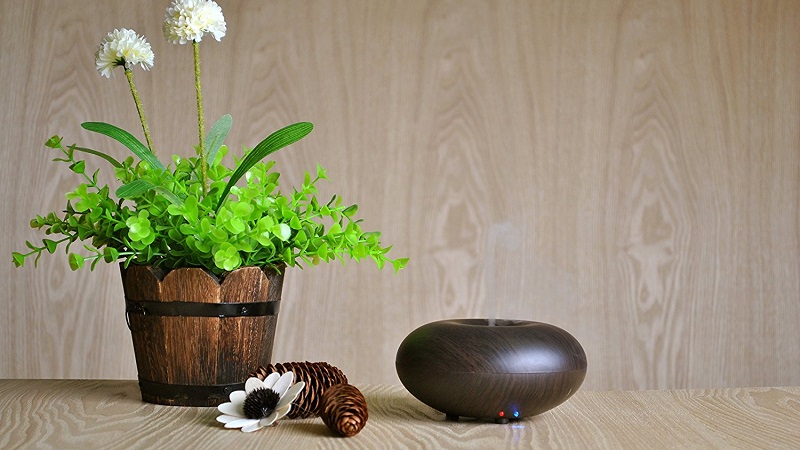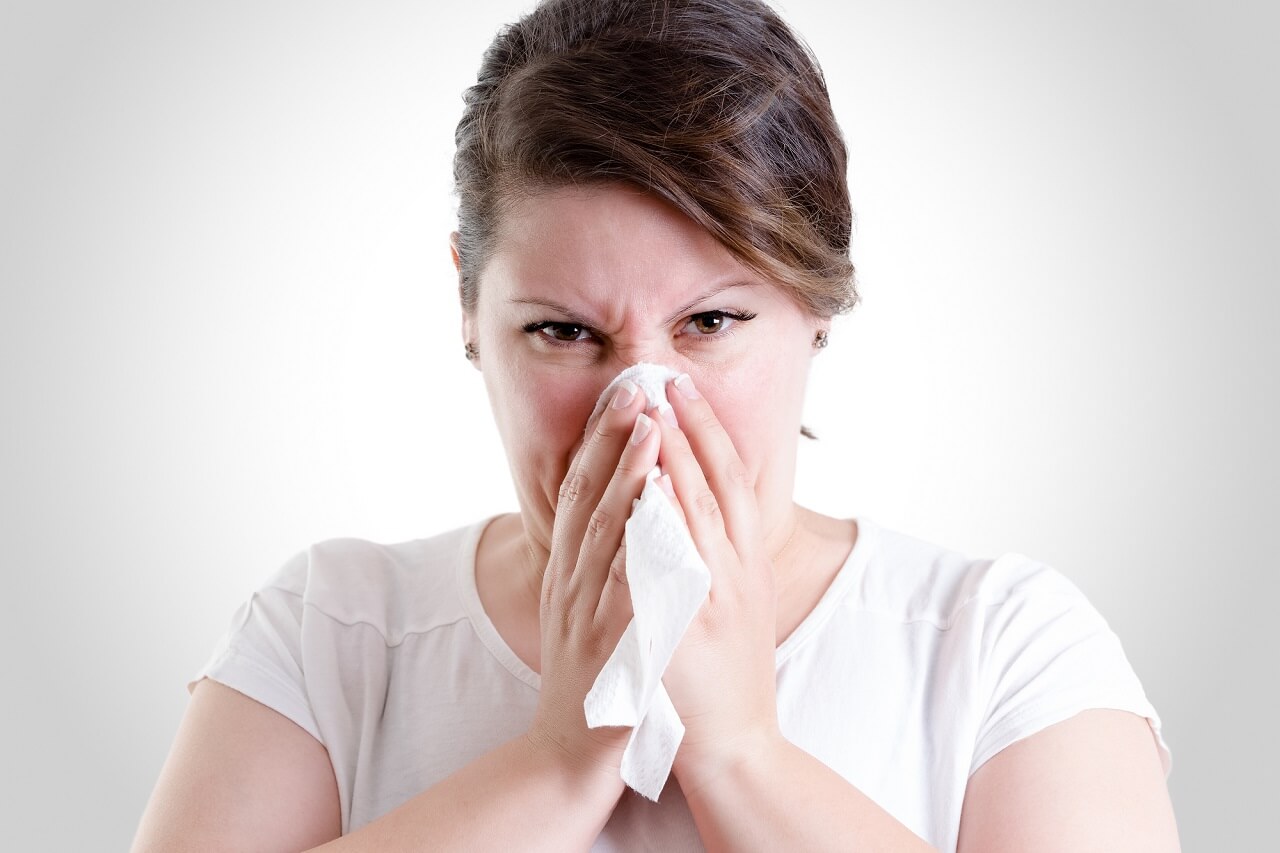Nasal congestion is the worst, isn’t it? When you’ve had a cold, or suffer from allergies, and suddenly can’t breathe through your nose, it can become very uncomfortable. So what kind of humidifier is best for nasal congestion?
Does A Humidifier Help With Nasal Congestion?

A humidifier works by helping to increase the levels of moisture in the air, which can really help with symptoms such as a dry, stuffy, blocked nose following a cold or the flu.
Low humidity can result in dry nasal passages, which can lead to congestion and the discomfort that comes with a stuffy nose – these symptoms can extend as far as cracking and bleeding, and they can really affect your sleep which in turn affects your immune system.
Using a humidifier to add some moisture to the air has been shown to be really helpful for those irritating, and sometimes painful, symptoms of congestion.
What Kind Of Humidifier Is Best For Stuffy Nose?
Any kind of humidifier can help ease the symptoms and discomfort that come with a stuffy nose, but they are not all created equal… Which is the best? Let’s have a look into the different types…
Cool mist humidifiers, it is generally agreed, give the best results for a stuffy nose. This type is better for children with stuffy noses too; there is pretty much nothing worse than a toddler with a cold, so this may help your life immensely!
Using a cool mist humidifier means that the steam, when it reaches your airways, is the same temperature as the air around it, so it is less of a shock to the system. Being body temperature means that it will ease into your sinuses more easily too.
Warm mist humidifiers have not been shown to reduce symptoms of stuffy nose and congestion in the same way as the cool mist versions, so although they are good for the air quality, they may not be the best thing for your stuffy nose.
Is Warm Or Cool Mist Humidifier Better For Sinuses?

Apparently, both types of humidity are effective at dealing with nasal congestion, so it is just down to which type your prefer to use.
Warm mist humidifiers use steam – they boil the water inside them, using the electricity point they are plugged into, and emit steam (this does cool before it enters your body, don’t panic!)
Cool mist humidifiers come in three different types:
- Evaporative humidifiers use a built in fan to blow warm air onto a wicking fabric which holds water. The warm air is cooled by the water, so the air that is blown out becomes cool.
- Ultrasonic humidifiers work by using ultrasonic vibrations, which turn the water inside the humidifier into vapour, then this vapour is sent out into the air.
- Impeller humidifiers use a rotating disc which sends water firing through a diffuser. The water droplets are turned into the smallest of particles, which disperse in the air as mist.
Evaporative humidifiers use a fan, which means they can be louder than other types. If you are sensitive to noise, this may not be the best choice for you!
Ultrasonic humidifiers allow you to add essential oils into the reservoir, making them more versatile than some others, as you can add different oils depending on the type of illness you have.
Cold mist compressors have a potential issue – the water vapour they release has not been boiled, as the water in a warm mist humidifier has. This means they can, potentially, release bacteria into your home that would not have been there before.
A standard warm mist humidifier seems to tick all the boxes – it relieves nasal congestion, and it is quiet and inexpensive to run. If you are the sort of person who runs hot, however, you might wish to consider a colder version!
What Is Better For Congestion – A Humidifier Or Vaporiser?
Adding moisture to the air is widely considered to be effective at helping to deal with nasal congestion, whether from a virus or allergies. Humidifiers and vaporisers can relieve symptoms such as a dry and stuffy nose, and can help improve breathing.
If your congestion is caused by allergies, such as an allergy to dust mites, then a vaporiser is the best option, because the water released has been heated to a temperature which can kill contaminants.
If you’re using a vaporiser for congestion caused by illness, you also have the option of adding medications that can ease the symptoms too.
If you are dealing with a stuffy child, then your best option is a humidifier. There is far less danger of injury caused by knocking over the unit, because a humidifier doesn’t heat the water inside it.
This short video explains some of the differences between a vaporiser and a humidifier:




